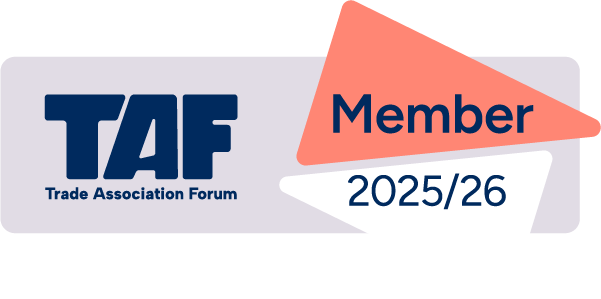
Published: 27 August 2024
In the UK standards are developed, published, and managed by the British Standards Institution.
BSI was formed in 1901 and granted a Royal Charter in 1929. In 1942 they were recognized by the UK government as the nation’s only standard body.
Nearly every country has a national standards body. For example, in the USA the national standards body is ANSI, in China it’s the CNIS, and in Australia it’s SA. The national bodies also group themselves into regions, and in Europe, standards are developed by an organisation called CEN – the European Committee for Standardisation. CEN brings together 34 European national bodies. That includes the BSI in the UK who remain a member of CEN even though we have left the European Union.

Global, National and Regional Standards…
Globally, the different national standards bodies also join together in the International Organisation for Standardisation (ISO) which has more than 170 members. Standards can apply nationally – only in the country where they are published e.g., BS 8630: Portable stagings and folding trestles.
Then there are regional standards like the European standard EN 131 Ladders, published in the UK as BS EN 131. EN standards apply to all 34 CEN member countries (including the UK). The content of the standard is the same in every country, but in the language of the country where it is published. European standards published in the UK have the British Standards prefix e.g., BS EN 131. In Germany its DIN EN 131, in France its NF EN 131, in the Netherlands NL EN 131, and so on for each of the different countries. If it is an international standard, then it will also have the ISO letters in front of the standards identifying number. So, for an international standard, which has been adopted by Europe and is published in the UK you will see BS EN ISO followed by the number of the standard.
As you would expect, there are rules and procedures for the process of standardization that are drawn up by the relevant organisations. National bodies like BSI appoint committees for various topics and aspects of standardization.
In the UK, BSI B512 is the committee responsible for the ladder standards.
Representatives of organisations like the Ladder Association, the HSE, ladder manufacturers, retailers, and others having an interest and expertise in the subject, are brought together to form the B512 committee with a chairman appointed by BSI and the committee members. The national committees develop new national standards and maintains existing standards within their subject responsibility.
Nominated representatives from B512 represent the UK in CEN TC 93 (the CEN European ladder standards technical committee) along with representatives from other national ladder technical committees across Europe.
The secretariat for TC 93 is currently provided by DIN (the German standards organisation) and has a German chairman. CEN TC 93 has a number of working groups (WG’s) each responsible for the different parts of EN 131 and other standards for different types of ladders.
The secretariat for those working groups is provided by various national standards organisations. Each working group has a convenor (appointed by the TC and its members) to lead the work.
Participating CEN members collaborate in TC93 and its working groups to create and maintain safe product design standards for ladders.
It can take some years to develop or revise standards…
Before a standard can be published, working groups must reach a consensus on the content and requirements. The standards must then be approved by a majority of national votes. It can take some years to develop a new standard, or revise an existing standard, and to get the required consensus and approval.








